What Design Means to Me
When I was a kid, I used to draw people on the red carpet. Not just doodles—gowns. Glamour. I’d flip through InStyle magazine and recreate the moment in pencil on smooth white paper. It was peaceful. It was mine.
I was a quiet kid. Not shy, exactly—just observant. I liked to sit back, soak in the world, and then put it down on paper. Drawing gave me a way to express what I couldn’t always say. So did writing. Somewhere in my childhood bookshelf, there’s still a little book I made—illustrated and written by me. I remember how proud I felt. That pride was less about being “good” and more about being seen. Like: yes. This is me.
And then life happened, like it does. Schools reward what’s measurable. Friends pull you toward what’s popular. Creativity got quieter while science took the lead. I was good at it—really good. I studied pre-med zoology for almost four years. I was fascinated by how life works: the mechanics of the body, the elegance of systems, the strange poetry of evolution.
But the further I got into it, the more I felt like I was drifting away from myself.
I remember my mom gently asking me, “Why don’t you do something creative?”
At the time, design wasn’t a thing you were told you could do. But I found advertising—and then design—and suddenly something clicked. I thought I was stepping into this world for the strategy. The cleverness. The idea of selling something with beauty and brains. But once I got in the door, I fell head over heels.
Design had everything I didn’t know I was craving:
- The precision of typography.
- The rhythm of layout.
- The honesty of visual storytelling.
- And maybe most of all—the quiet power of making people feel something without needing to explain a thing.

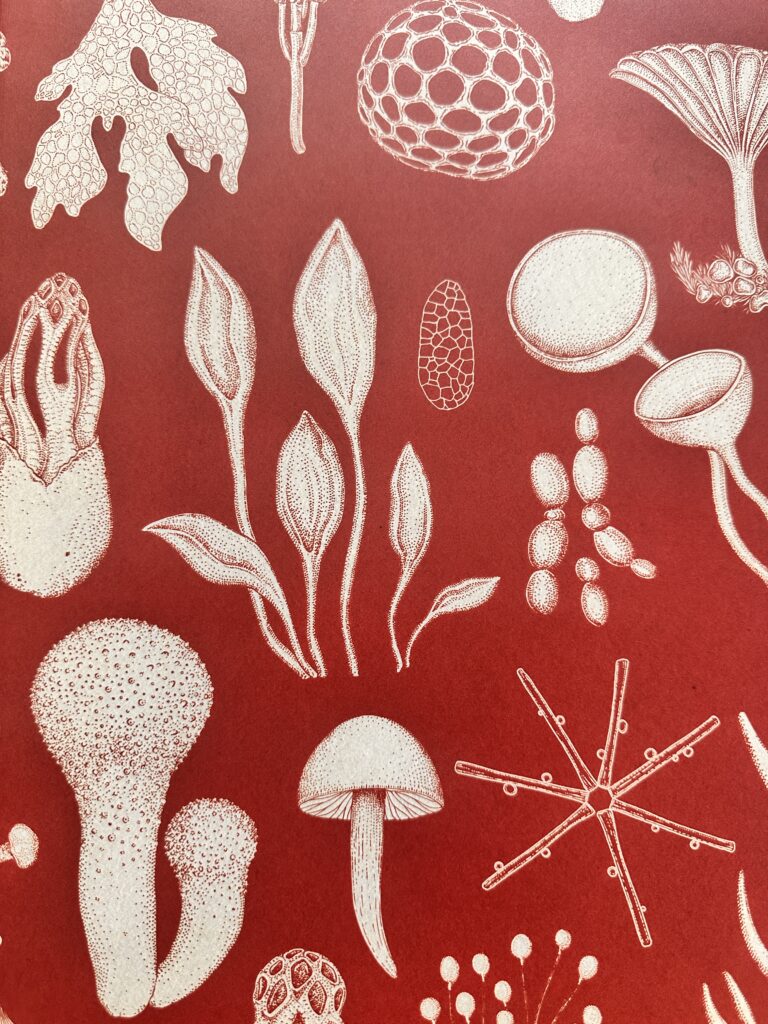
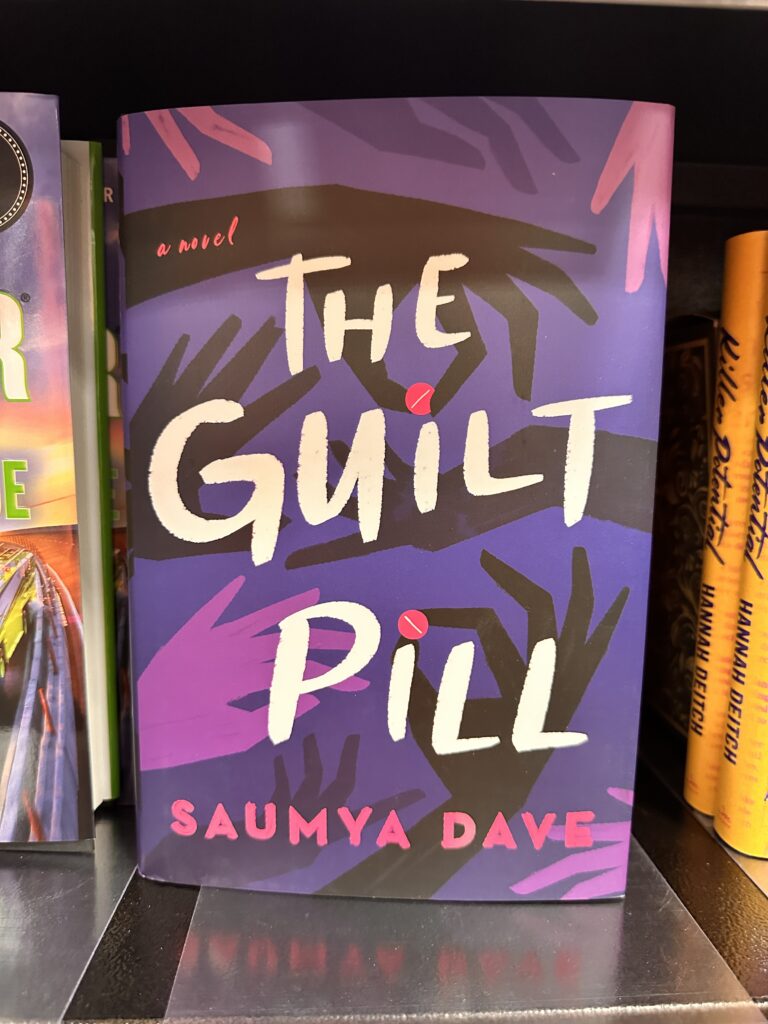
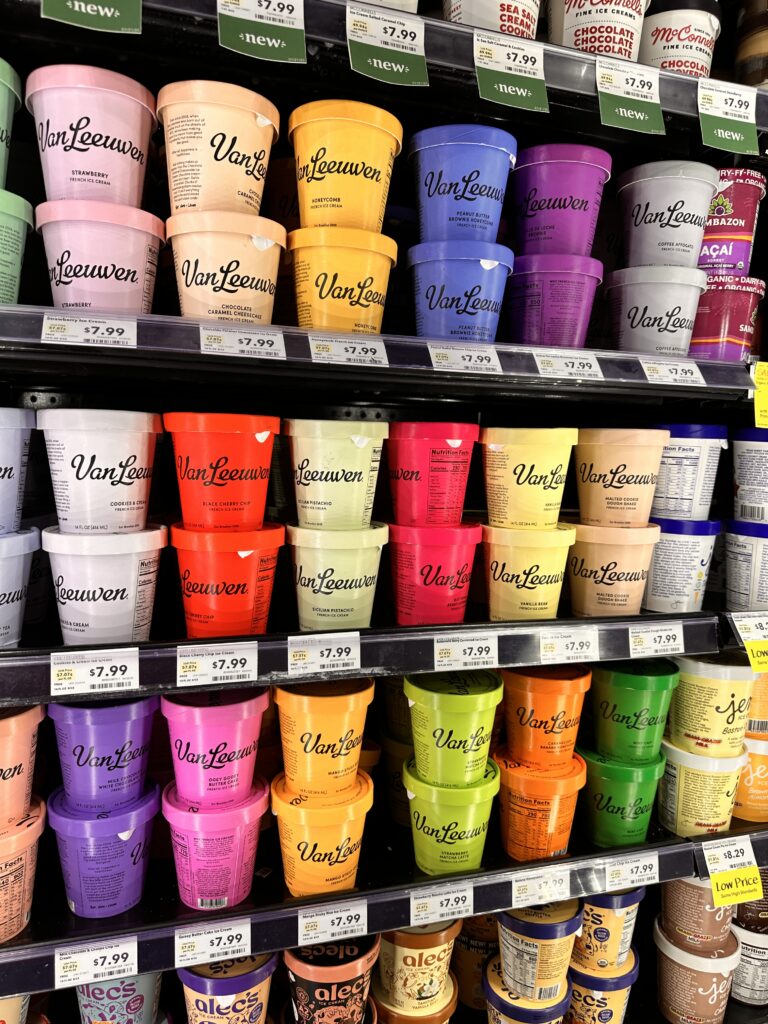
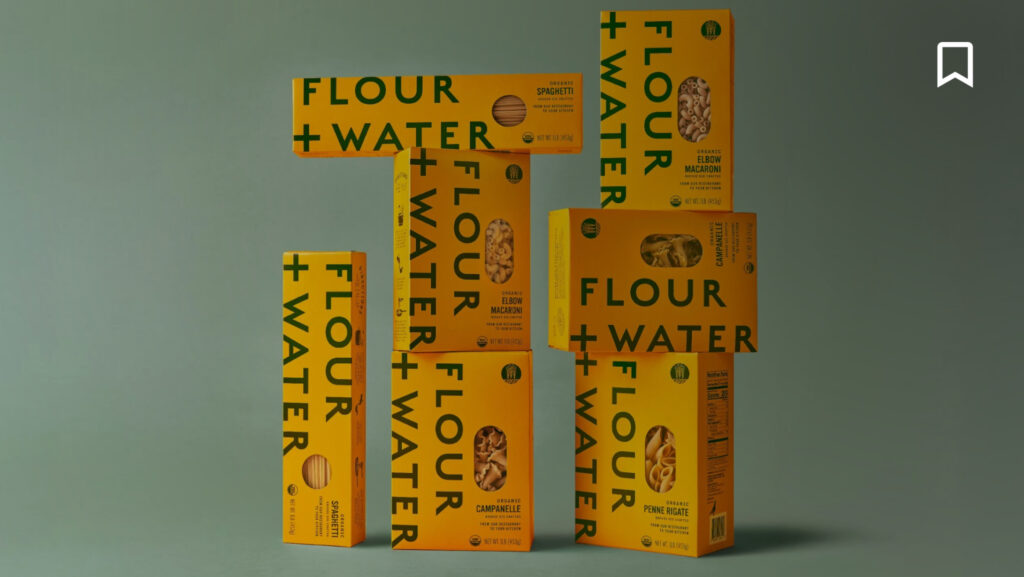
I would stay up all night in the studio. Working until sunrise. My professors would walk in with coffee as I packed up, exhausted but fulfilled. It was the first time I felt like I was exactly where I belonged.
I started saving packaging, postcards, hang tags. I fell in love with the craft of it. The balance between structure and expression. The math and the magic.
But I didn’t fully realize what design was really about until years later.
See, for a while, I acted. I was in plays. I studied characters. I even have a movie coming out. And here’s something they teach you in acting that changed how I see design:
If you walk on stage with a flat character, the audience knows. Even if you say the lines perfectly. But if you give that character a real backstory—something deep, something alive—then even a simple glance carries weight. It hits different. There’s life behind it.
Design is the same way.
You can make something that looks “good.” Sure. But if there’s no soul behind it? No story? No intention? It won’t land. It won’t connect. It won’t move anybody.
To create something that matters, you have to ask the right questions:
- What does this brand really mean?
- What’s the feeling we want to evoke?
- What’s the story under the story?
- What makes this human?
Design—good design—isn’t surface. It’s soul made visible. It’s taking all that depth, all that emotion, and distilling it into something you can see and feel and trust. It’s branding as storytelling. As connection. As truth.
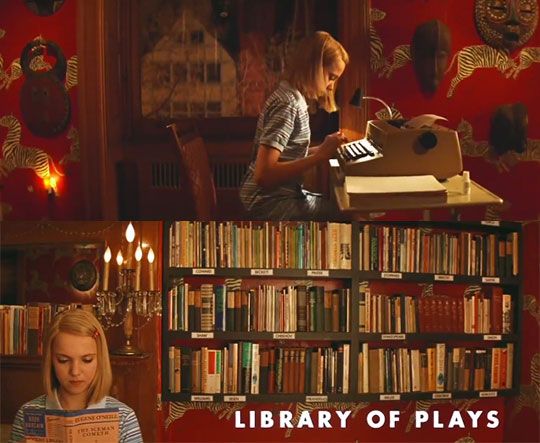


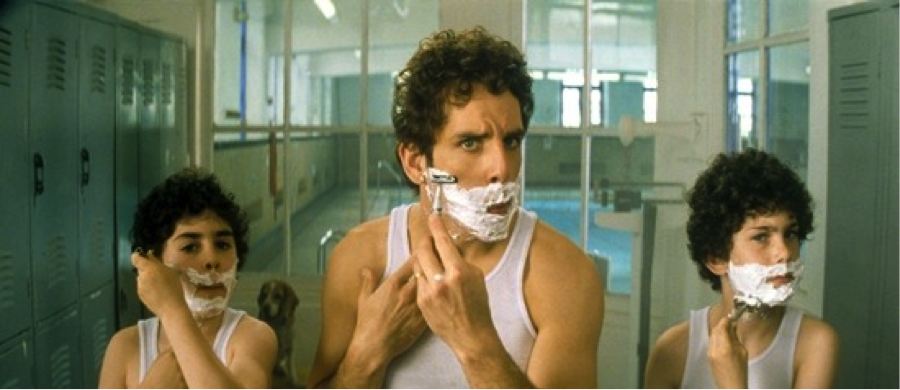
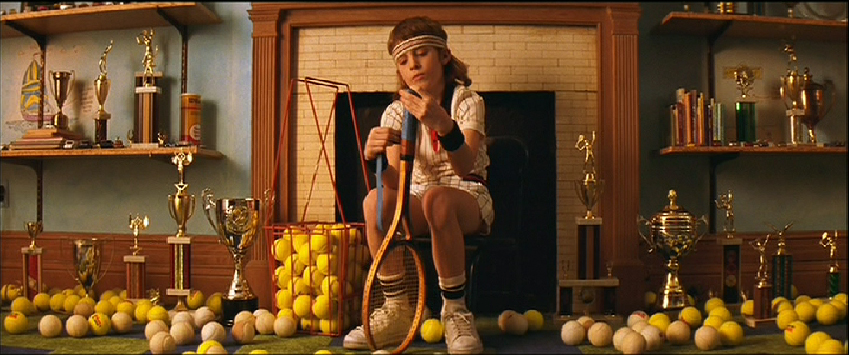
It reminds me of the way a film like Eternal Sunshine of the Spotless Mind sticks with you. Or how The Royal Tenenbaums can be weird, funny, and heartbreakingly honest all at once. These aren’t just pretty visuals. They’re deeply branded emotional experiences. Every detail—from the color palette to the camera angles—is saying something.
Design can do that, too.
Even without a full script, even without characters.
It can move people.
But only if we do the work.
It’s easy to make something that just “looks cool.” It’s harder—but far more powerful—to create something with layers. Something with meaning. Something that unfolds the more you sit with it.
Paula Scher once said,
“It’s through mistakes that you actually can grow. You have to get bad in order to get good.”
She also said she did her best work when she stopped overthinking and just trusted what felt right. And I think that’s the sweet spot in design: the place where your gut meets your skillset. Where your client’s truth meets your ability to translate. Where you get out of the way a little bit, and let the meaning come through.
That’s what design is for me.
It’s medicine in a different form. I used to want to give life through science. Now I do it by listening deeply, seeing clearly, and creating something that lets others be seen. Design helps people feel known. It helps businesses tell the truth. And it helps users find exactly what they didn’t know they were looking for.
It’s a bridge. A mirror. A spark.
And if we do it well, it connects us in the ways that matter most.

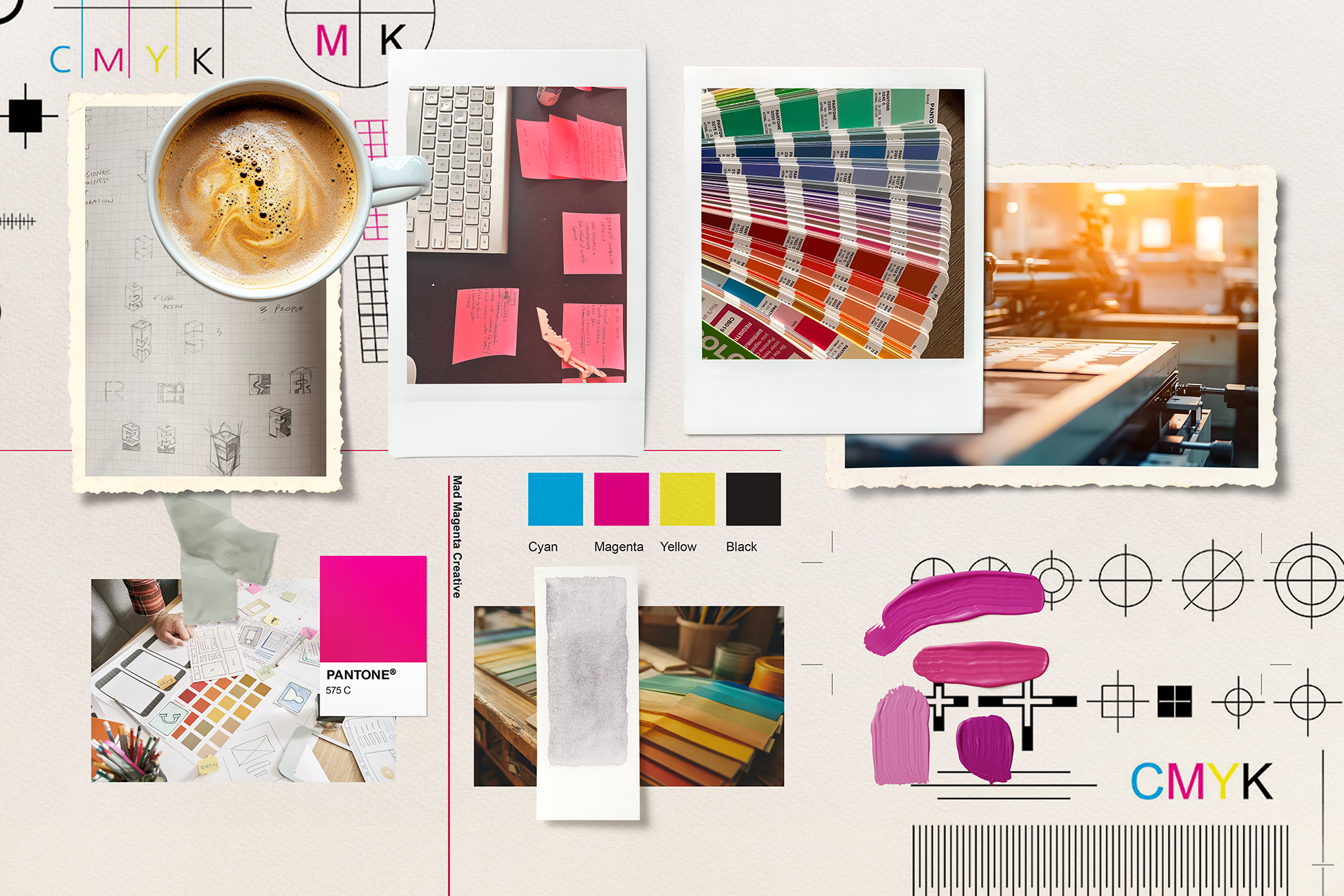
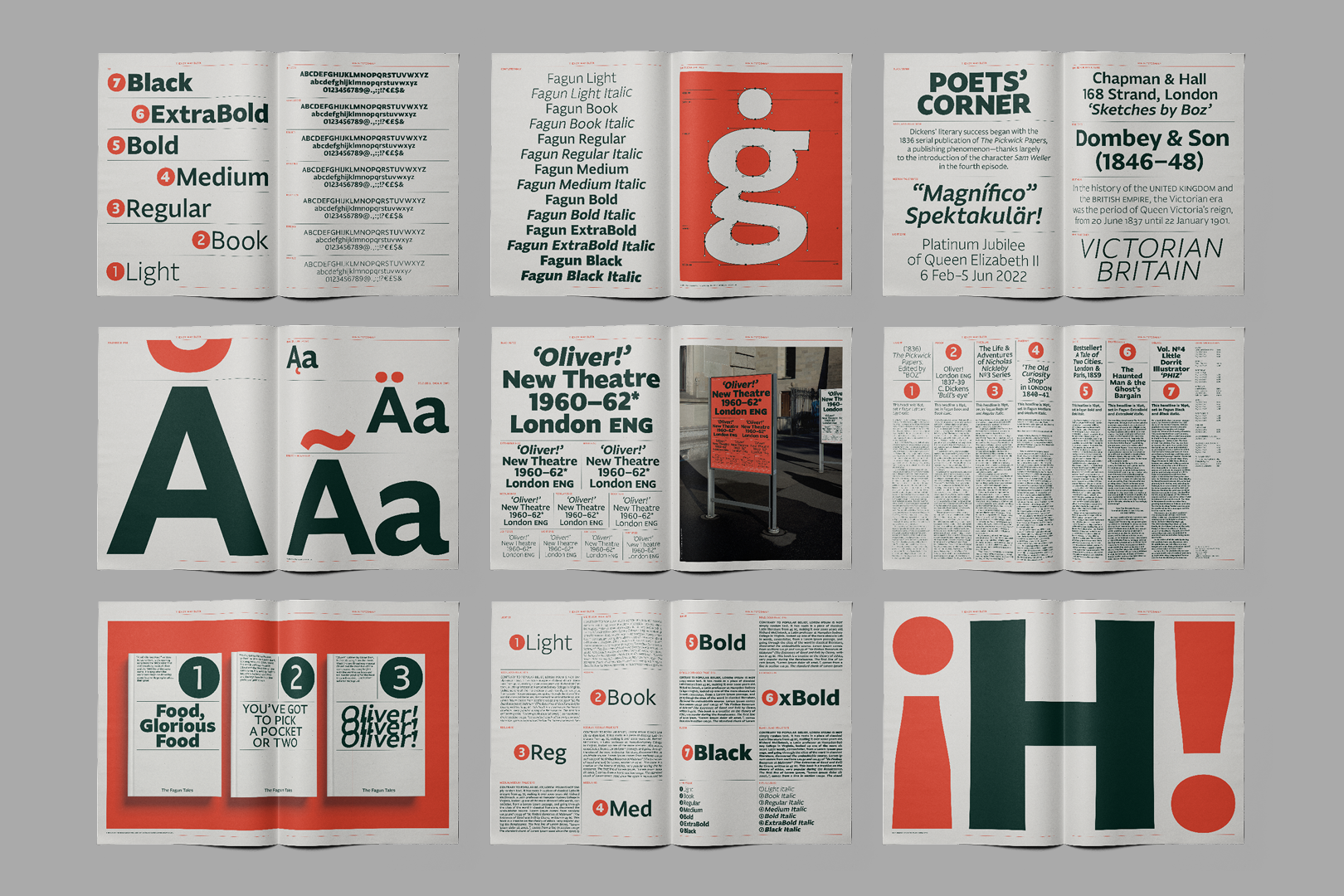
be the first to leave a comment